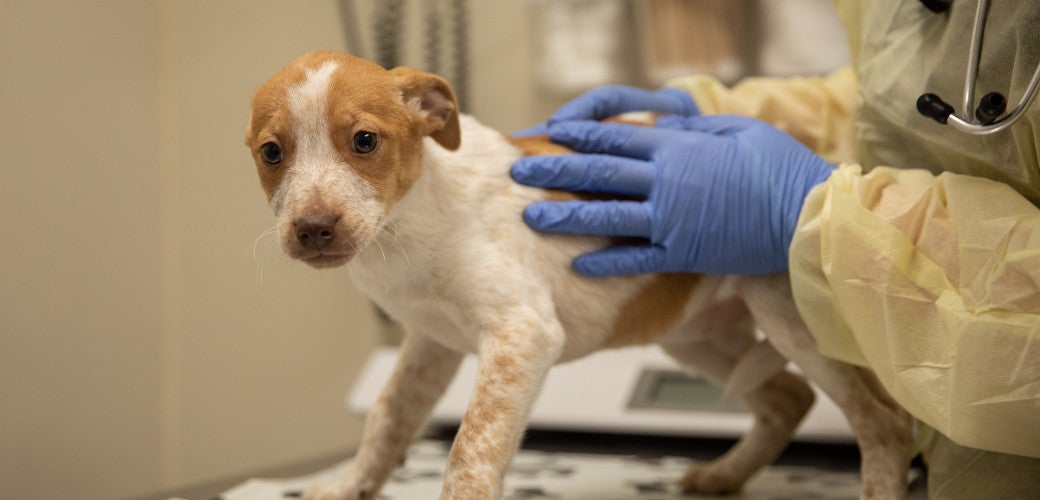apcc_emergency-vet_090419_main.jpg


Your pet has been exposed to something toxic and you have been referred to an emergency veterinary hospital—but what happens next? Experiencing an emergency with your pet can be very stressful and frightening, so it’s important to be prepared, just in case. The ASPCA Animal Poison Control Center (APCC) has the answers to some of the most common questions about visiting an emergency vet, and guidance on what you can expect.
Before You Leave the House
Be sure to bring any packaging or identifying information from the product that your pet has been exposed to. The more information you can provide about the product and the exposure, the better equipped your veterinarian will be to make sure your pet gets the proper treatment.
Arrival to the Emergency Hospital
Upon arrival, your pet might be taken to a treatment area for initial assessment, vital signs and stabilization. Don’t be alarmed if the staff whisks them away.
Depending on what your pet was exposed to and the time that has lapsed since ingestion, you may be asked if it’s okay for the staff to induce vomiting in your pet. This is often the first step for decontamination and the sooner it can be done, the better.
Note: You should not try to induce vomiting at home without first consulting a veterinarian.
The (Occasional) Long Wait
Once the initial assessment is complete and any treatments needed to stabilize your pet are finished, you may have to wait for further treatment while other pets are being assessed and cared for.
If you have not already called APCC, you may be asked to do so during this time so that our toxicology staff can provide expert advice and ensure your pet gets the most up-to-date and appropriate treatment. Please try to remain patient and calm while you are waiting, and remember that having to wait at the emergency vet is actually a good thing—it means that your pet is stable and does not need immediate treatment.
The Estimate
After the veterinarian has spoken with one of the vets at APCC, or if they are familiar with the toxin and do not need our assistance, they will talk to you about potential symptoms and concerns and discuss next steps and further treatment needed, if any.
This is the best time to ask questions to be sure that you understand what to expect.
A cost estimate will then be generated for any additional treatments needed. Your pet may need to be hospitalized if the toxin they ingested or were exposed to could cause significant clinical signs.
Going Home
Before you leave the emergency veterinary hospital, be sure that you understand any continued treatments you may need to do at home and any important signs you need to monitor for.
With certain toxin ingestions, you may need to bring your pet back to the vet for bloodwork and a checkup at a later date. If you think of questions after leaving the emergency vet, do not hesitate to call APCC at (888) 426-4435. There is no charge for follow-up calls on an established case, but charges may apply for new cases.
If you have any reason to suspect your pet has ingested something toxic, please contact your veterinarian or the Animal Poison Control Center’s 24-hour hotline at (888) 426-4435.
Source: Read Full Article
